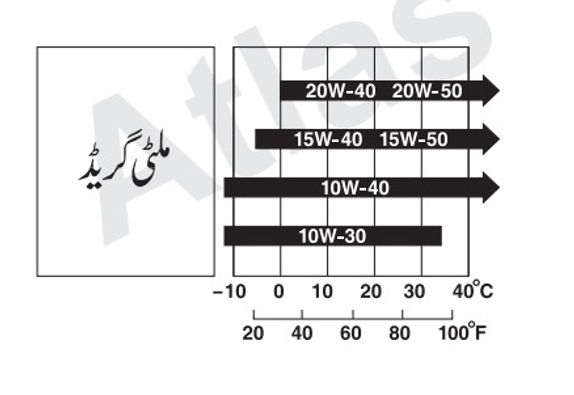What causes oil consumption or low oil levels in 4 Stoke motorcycles?
There can be many reasons for a motorcycle to consume engine oil. in normal riding conditions, a 4 Stroke motorcycle does not consume engine oil, and very little to no oil level reduction is observed. However, if you notice excessive oil consumption, there might be an underlying problem that needs to be addressed. The reasons for oil consumption include:
High Revs or Redlining the Engine: At redline, the engine produces a lot of heat, causing some engine oils to evaporate. Additionally, valve float can occur at redline, leading to engine oil seeping through oil seals. Valve float happens when the engine revs too high, preventing the valve spring and guide mechanism from guiding the valve to its required position, causing the valve to float mid-air.
Low-Quality Engine Oil: Low-quality engine oil can evaporate quickly, leading to a low oil level. Although oil evaporation is normal under high temperatures, low-quality oil evaporates much faster.
Incompatible Engine Oil: Motorcycle engine oil is specially designed to withstand high temperatures. Using car oil in a motorcycle can cause issues, as cars have dedicated cooling systems that most motorcycles lack. Air-cooled motorcycles rely on engine oil to transfer heat from internal parts to external heatsinks. In this process, engine oil heats up to a point where it starts to evaporate.
Worn Piston Rings: The first symptom of worn piston rings is a decrease in oil level more often than usual. This reduces engine efficiency and causes oil reduction due to oil leaking into the combustion chamber. Symptoms include an oily spark plug and
Leaked Valve Seals: When oil seals or valves are worn, they start to leak engine oil into the combustion chamber. A quick fix is to replace the valve seal, or the valve seat may need to be re-ground, and new valves may be required.
Solution
Choose the right viscosity: Atlas Honda recommends SAE 20W-40 engine oil for most riding conditions. This viscosity protects the engine from 0 degrees Celsius to 40 degrees Celsius and above, and also helps reduce engine heat.
For thicker engine oil, there are instances where using higher viscosity engine oil can be beneficial. For example, if you are riding your motorcycle in areas where the atmospheric temperature exceeds 40 degrees Celsius, then 20W-50 engine oil would be more beneficial as it won't thin out excessively like 20W-40 engine oil would due to extreme atmospheric temperatures.


other Solutions
-
Switch to Synthetic Engine Oil: If nothing in your motorcycle is worn or needs replacing, then switching to synthetic engine oil might benefit you. Synthetic engine oils are more resistant to temperature-related effects and can withstand extreme heat and weather conditions.
-
Switch to Thicker Oil: If excessive oil consumption happens only in summers or extremely high-temperature areas, then switching to a higher-grade engine oil can be beneficial. This is particularly true if you push your motorcycle engine to its limits and redline frequently.